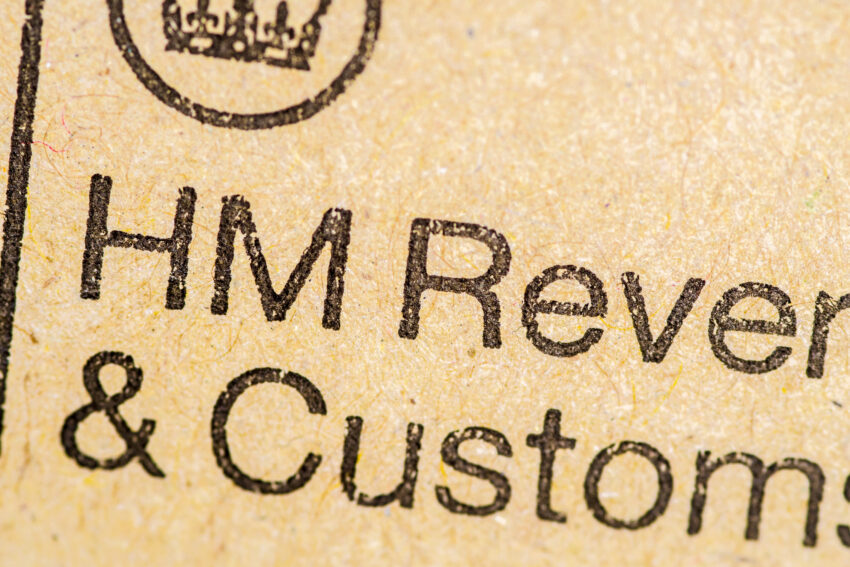Using Real-Time Tracking to Ensure Compliance in Online Retail


Online retail looks smoother on the surface than it is. Behind every “order confirmed” email is a chain of systems, people, and promises. Somewhere between checkout and delivery, things can — and do — go wrong. And in 2025, even small gaps in that chain can lead to compliance issues: late deliveries, unconfirmed handoffs, mismatched time stamps.
That’s why more retailers are turning to real-time tracking. Not for the tech bragging rights, but because staying compliant with delivery SLAs, customer guarantees, and refund policies depends on knowing exactly what’s going on with every shipment.
Why Retail Can’t Afford Guesswork Anymore
E-commerce buyers expect speed. If the site says “2-day shipping,” they’ll remember. If it’s late—even by a few hours—support gets flooded, refund requests roll in, and trust erodes.
Worse, for retailers working with marketplaces or strict carrier partnerships, delays and missed scans mean penalties. When the data doesn’t match the promise, the platform blames the seller. And the seller pays — literally and reputationally.
That’s why just having a tracking number isn’t enough anymore. What’s needed is live visibility: knowing when a package moves, stops, changes hands — in real time.
Real Tracking = Real Proof
When things go wrong, the first question is always the same: “Where is it now?” And too often, the answer is a black hole between the warehouse and the destination.
Real-time tracking fills that hole. A driver logs a delay. A dispatcher reroutes the van. A handoff gets recorded with time, location, and person responsible. No guessing. No assumptions. Just clean, time-stamped data that shows the order was handled properly, or flags where it wasn’t.
That level of clarity becomes critical when retailers need to protect themselves from chargebacks, prove delivery attempts, or show they met the shipping promise on time.
Compliance Isn’t Just About Rules — It’s About Proof
Whether it’s GDPR, FTC regulations, marketplace policies, or internal SLAs, online retailers now live under layers of standards. It’s no longer enough to say, “We sent it.” Platforms want data. So do legal teams. So do buyers.
Missed a guaranteed window? The time of dispatch, driver route, and weather conditions — it all matters now. Smart retailers keep that info ready. Because it’s not about excuses. It’s about showing what happened, when, and why.
How Real-Time Tools Make That Easy
Web-based platforms now let teams view shipment progress without calling anyone. They open a panel, check the timeline, and see the proof: pickup at 10:43, reroute at 13:18, final delivery scan at 15:27 — verified.
There’s no need to overbuild it. Some of the most effective systems use manual check-ins: the driver updates the app, a dispatcher logs an issue, and the system sends an alert. Fast, clean, accurate.
Services like a delivery tracking site make this easy to implement. No need for new infrastructure — just real-time updates that show exactly what happened with every delivery.

Benefits Beyond Compliance
Of course, better tracking helps meet rules and deadlines. But it also improves operations in ways that go beyond checkboxes:
- Fewer support tickets. When customers can see where their package is, they don’t need to ask.
- Less internal confusion. Everyone — customer service, warehouse, carrier — sees the same info.
- Stronger partnerships. Vendors that track better get trusted more.
- Faster issue resolution. If something’s stuck, teams act sooner, not three days later.
- More confident scaling. Growing fast is easier when tracking is in place from the start.
Retail moves fast. Mistakes happen. But the difference between a small hiccup and a major problem often comes down to one thing: visibility.
Real-time tracking doesn’t stop problems. It shows them early. And in 2025, that’s the best way to stay compliant — and competitive.
The post Using Real-Time Tracking to Ensure Compliance in Online Retail appeared first on Entrepreneurship Life.




















:quality(85):upscale()/2025/10/09/670/n/1922283/00b944c868e7cf4f7b79b3.95741067_.jpg)
:quality(85):upscale()/2025/10/15/765/n/1922398/29c37a6e68efd84bb02f35.49541188_.jpg)
:quality(85):upscale()/2025/09/09/891/n/1922283/7222624268c08ccba1c9a3.01436482_.png)
:quality(85):upscale()/2023/10/03/668/n/1922283/1f15c8a9651c2d209e5eb5.32783075_.jpg)


















:quality(85):upscale()/2025/07/10/708/n/1922398/8fe2782e686fe372b38bf8.29984296_.jpg)
:quality(85):upscale()/2025/01/08/844/n/1922398/cde2aeac677eceef03f2d1.00424146_.jpg)

